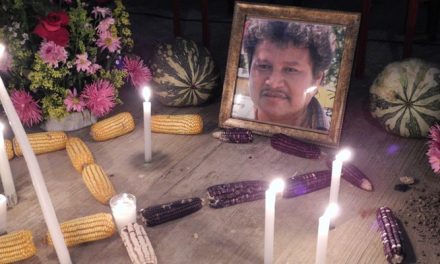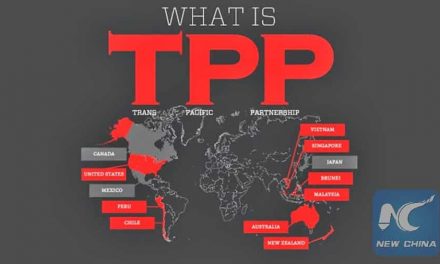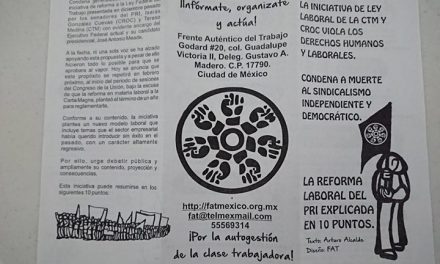From Canada
By Alfredo Molano Bravo
English Translation by Betty Munera
Canada is one of the countries from the cold North that we have established an active economic relationship with, it has been called “a prosperous friendship.”
The Colombian official economists tend to praise the advantages of the Free Trade Agreement signed by Uribe in 2008 and entered into force in 2011. Canada is one of the largest countries in the world and richer: Our country could fit ten times in their territory and Canadians have five times higher income per person. Prior to the FTA , Canadian investment in Colombia was only about 180 million dollars, after signing the agreement it reached 2,500 million dollars.
Before we used to export coffee, sugar and flowers; Today we export, coal , gold and oil to Canada. These are industrial products, fewer and declining products. From Canada we import wheat, barley, lentils , potatoes, machinery, chemicals and paper. For 13 years the trade balance has been in deficit. However, the main beneficiaries of the treaty are Colombian importers to the detriment of our producers. It should be noted that Canadian direct investment in the country have increased significantly, from around 10 million in 2004 to about 300 million in 2012: Most of that money has been invested in mining and oil.
You find buildings of steel and glass and flat wooden houses in Canada, Except for the Gothic cathedrals and ancient universities in the French area, solemn and not very original public buildings in the capital, Ottawa. Canada doesn’t have issues with space or water. Rural areas are monotonous, except perhaps in the fall. People seem gentle and they don’t wear shoes at home. It is a friendly country for Canadians and livable for foreigners, including refugees, many of them Colombians and not a few of them paramilitaries. The rights of all are respected and you don’t see a single paper lying on the street.
It’s another picture when human rights are observed in those areas where Canada invests most of their dollars. I am talking about the mining areas and especially before a single penny has been invested.
Paramilitary groups have entered violently and are protected by the police, as occurred in the region of Llanos Orientales (in the South East of Colombia). Before the oil companies started to operate, – but of course, after their technician detected oil pockets – “Martin Llanos” and “Cuchillo”(paramilitary leaders) entered this area with their men and their chainsaws. The slaughter of Mapiripán spread terror and opened the doors to the investors’ security. These cases could increase. Social cleansing precedes massacres and slaughters investments in any areas where large oil, mining, palm, sugar and livestock projects are anticipated.
The strategy is not a Canadian issue; it is our government that allows these policies. Colombian and Canadian Human Rights organizations have highlighted the tragic correlation across the country. Although the two countries have signed a trade agreement and another agreement for human rights assessment, the officials make the final reports, therefore the reality is hidden. Nothing has been said about the outrages of Pacific Rubiales in Puerto Gaitán; threats to traditional miners in Marmato; the suppression of protests in La Colosa, Caramanta, Santurbán or Ariari. Also, in the vast majority of Canadian companies located in Colombia it has not been possible to create unions – only two were possible.
There is a huge discrepancy between the work of Canadian human rights organizations, social and environmental policies and investors. It is urgent that the new Liberal government of Canada address this issue with realism for the sake of the Colombian peace negotiations.
This article originally appeared in El Espectador, a national daily newspaper in Colombia.





